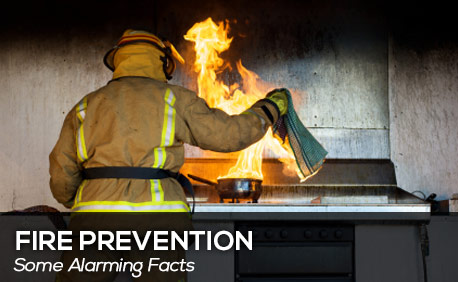October is National Fire Prevention Month, and the week of October 6-2, 2013, is Fire Prevention Week. According to the Fire Marshal, by September 13 there had been 49 fire fatalities in South Carolina this year; 57% of the victims were over age 50. I’m over 50, actually way over, and that got me to thinking…
According to the Department of Homeland Security, older adults represent one of the highest fire-risk populations in the United States. In 2007, adults aged 65 and older represented 13 percent of the country’s population, yet they accounted for more than 30 percent of the fire deaths. Their risk of dying in a fire is 2.6 times greater than that of the general population, and the risk goes up with age – at age 84, the risk is 4.4 times as great.
Several factors are at play in the increased danger from fire for seniors. Many experience progressive degeneration in physical, cognitive, and emotional capabilities. Vision and hearing loss, as well as mobility issues, contribute to the difficulty of this age group to detect and escape a fire.
Most homes nowadays are equipped with smoke detectors/alarms. But one-third of all persons 70 years of age and older have some form of hearing impairment and may not be able to hear the typical residential alarm, especially if they use a nighttime sleep aid and/or remove assistive hearing devices at night. The frequency of residential smoke alarm horns is typically from 3500 Hertz to 4000 Hertz, and this is the same range in which older adults typically experience greater hearing losses.
In one study, only 57 percent of adults with mild to severe hearing loss were aroused by a 3100 Hz alarm. When the frequency was lowered to 450 Hz, 92 percent of the hard-of-hearing subjects woke to the signal, as well as 11 percent of the subjects who were classified as deaf! The signal that was found to be most effective in waking sleeping adults with hearing loss is the 520 Hz square wave.
The national consensus code governing fire alarm systems, National Fire Protection Association 72, has been revised to require a more-effective lower-frequency tone for alarms that are to be installed in sleeping areas of hospitals and care facilities, but this provision was not extended to homes because of concerns over technical viability and cost.
If you or someone in your home is deaf or hard of hearing, check the frequency of the alarms currently in your home. You might also consider installing an alarm that combines flashing lights, vibration and/or sound. These are available through home improvement websites.
In our state, to assist individuals who are deaf or hard of hearing and for whom a regular household smoke alarm is not sufficient, the South Carolina State Fire Marshal’s office is offering free specialized smoke detectors through a FEMA Fire Prevention and Safety grant. Their website describes it as “a ‘bed shaker’ (pad) that plugs into a wall outlet and slips between the mattress and box springs. After the smoke detector is activated, the pad receives a wireless signal to vibrate and serves as a tool to wake up the sleeping resident.” After installing the special smoke detector, the S.C. Fire Marshal’s office will also assist each resident in performing a home safety inspection to identify potential safety hazards and help the resident formulate an escape plan.
We all need to do the usual routine maintenance on our home’s smoke detectors, like testing the alarm, putting in new batteries, and replacing old units with new ones. But some of us need to invest in advanced systems for those we love, and Fire Prevention Month is a good time to do it.
 South Carolina Lawyer Blog
South Carolina Lawyer Blog


